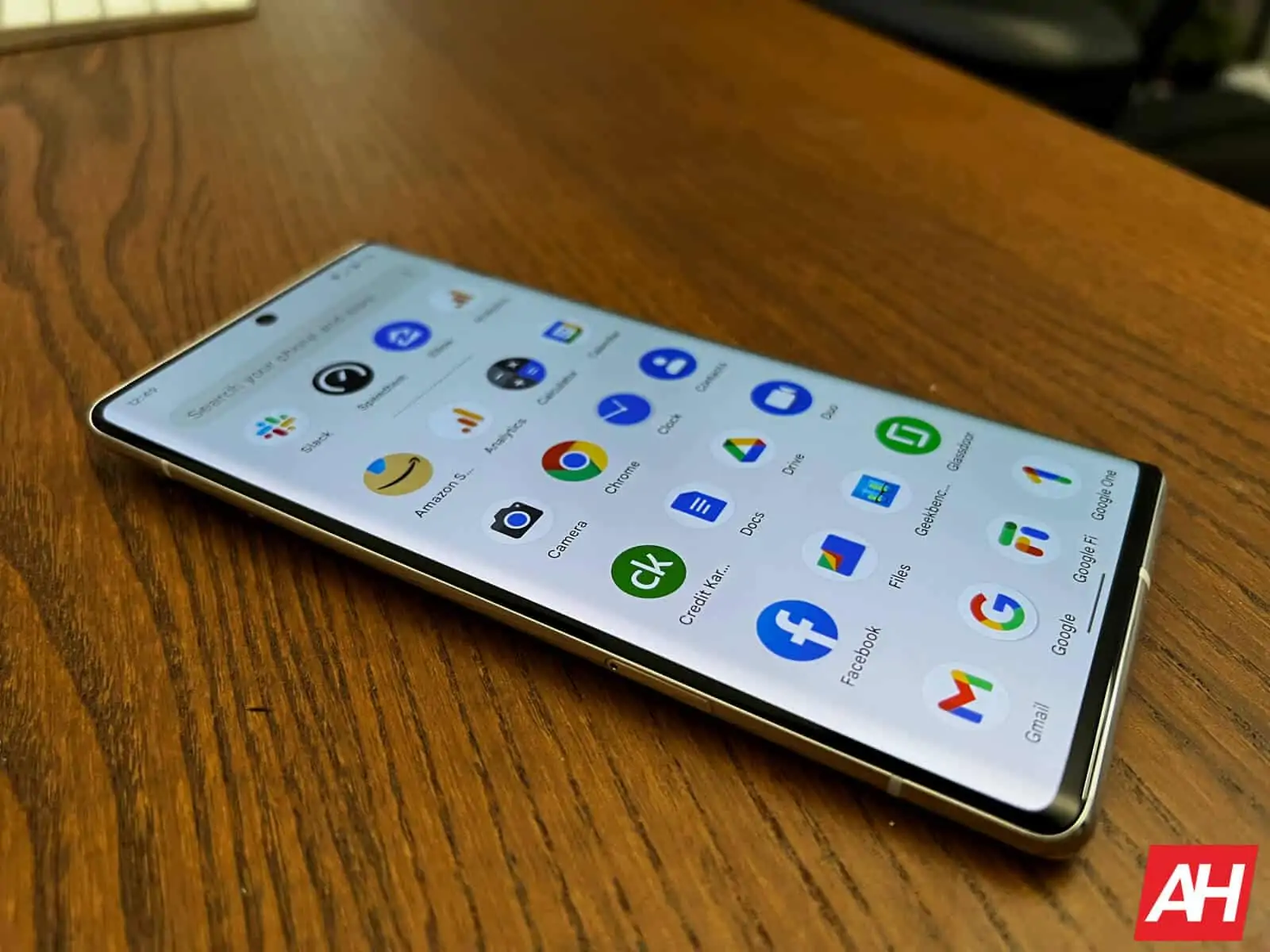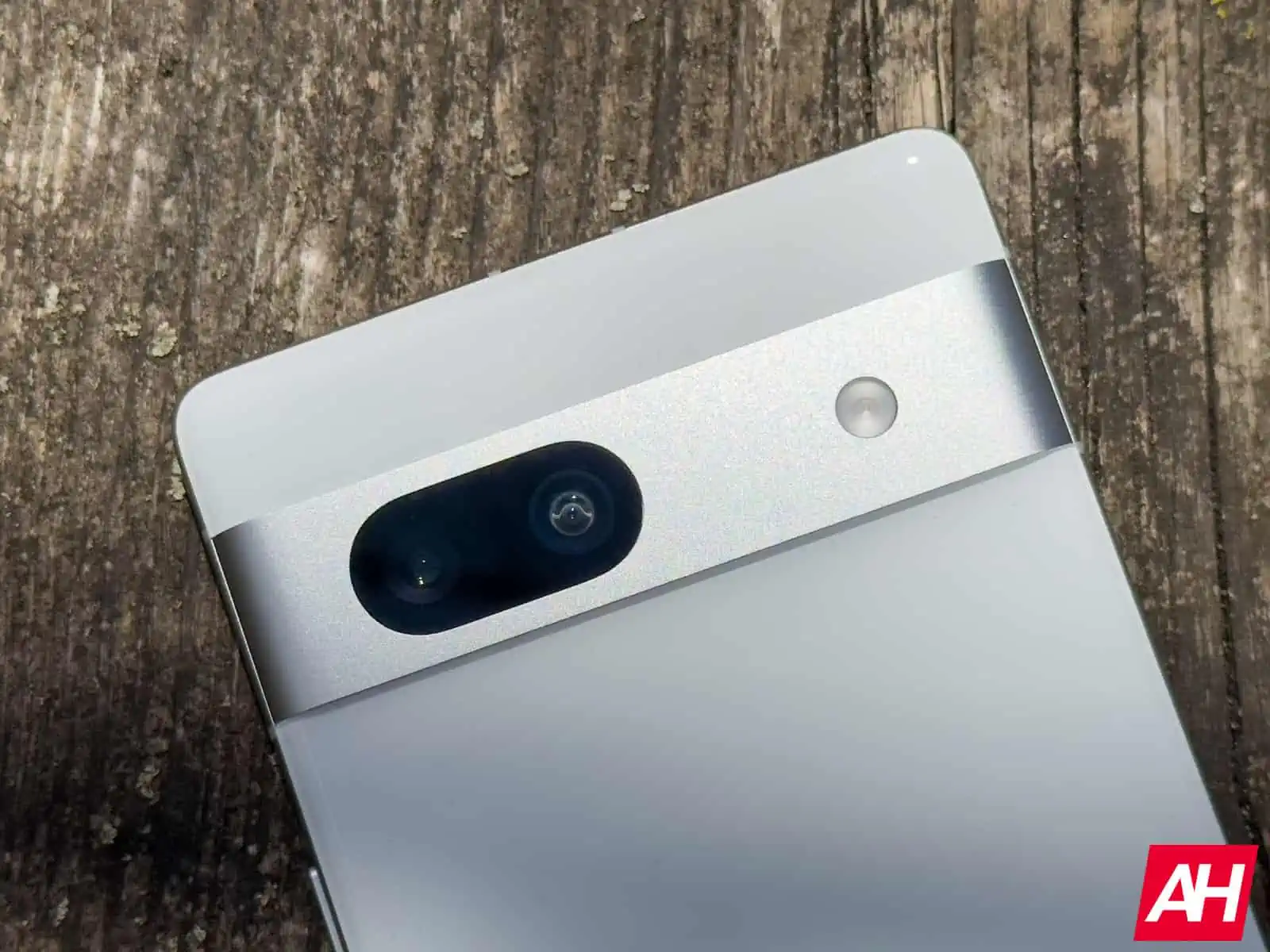The Google Pixel 7a is the company’s latest smartphone. It got announced earlier this month, during Google I/O. We’ve already compared the Pixel 7a to several Pixel phones, and it’s time to do the same with yet another one. In this article, you’ll see the Google Pixel 7a vs Google Pixel 6 comparison. Some of you may be thinking of switching from Google’s 2021 flagship to the Pixel 7a, or getting it instead of the Pixel 6. Is that a good idea? Well, let’s try to find out, shall we?
We’ll first list the spec sheets of both of these phones, before we get down to various different sections. We’ll compare their designs, displays, performance, battery life, cameras, and audio performance. There’s a lot to talk about here, they’re both similar and different at the same time, so… let’s get to it.
Specs
| Google Pixel 7a | Google Pixel 6 | |
| Screen size | 6.1-inch fullHD+ flat OLED display (90Hz refresh rate) | 6.4-inch fullHD+ AMOLED flat display (90Hz) |
| Screen resolution | 2400 x 1080 | 2400 x 1080 |
| SoC | Google Tensor G2 | Google Tensor |
| RAM | 8GB (LPDDR5) | 8GB/16GB (LPDDR5) |
| Storage | 128GB (UFS 3.1), non-expandable | 128GB/256GB, non-expandable |
| Rear cameras | 64MP (f/1.9 aperture, 26mm lens, 0.8um pixel size, OIS, Dual Pixel PDAF) 13MP (f/2.2 aperture, 120-degree FoV, 1.12um pixel size) |
50MP (f/1.9 aperture, 1.2um pixel size, 26mm lens, omnidirectional PDAF, OIS, Laser AF) 12MP (f/2.2 aperture, 1.25um pixel size, 114-degree FoV) |
| Front cameras | 13MP (f/2.2 aperture, 20mm lens, 1.12um pixel size) | 8MP (f/2.0 aperture, 24mm lens, 1.12um pixel size) |
| Battery | 4,385mAh, non-removable, 20W wired charging, 18W wireless charging Charger not included |
4,614mAh, non-removable, 30W wired charging, 21W wireless charging Charger not included |
| Dimensions | 152 x 72.9 x 9mm | 158.6 x 74.8 x 8.9mm |
| Weight | 193.5 grams | 207 grams |
| Connectivity | 5G, LTE, NFC, Bluetooth 5.3, Wi-Fi, USB Type-C | 5G, LTE, NFC, Bluetooth 5.2, Wi-Fi, USB Type-C |
| Security | In-display fingerprint scanner (optical) Face Unlock |
In-display fingerprint scanner (optical) |
| OS | Android 13 | Android 12 (upgradable) |
| Price | $499 | $355 |
| Buy | Amazon | Amazon |
Google Pixel 7a vs Google Pixel 6: Design
From the front, these two devices are quite similar. They both have that square-ish design that we’re used to by now, rather thin bezels, and a centered display camera hole. The bottom bezel is thicker than the rest on both phones. They do include flat displays, and a camera visor on the back. That camera visor is different in comparison, though. The Pixel 7a, it’s covered by metal, while Google used glass on the Pixel 6. That sure does make them look different enough.
Unlike on the Pixel 7, the Pixel 7a’s camera visor doesn’t physically connect to the side frame. One major difference on the back is the backplate. On the Pixel 7a, it’s made out of plastic, while glass covers the Pixel 6 backplate (Gorilla Glass Victus). Physical buttons sit on the right-hand side of both of these phones. Both phones are water and dust resistant, but the Pixel 6 offers a better rating. It’s IP68 certified, compared to IP67 certification on the Pixel 7a.
The Pixel 6 has a larger display than the Pixel 7a, and it’s larger overall. It’s taller, wider, and about the same thickness as the Pixel 7a. It does weigh a bit more, mainly due to the glass backplate, probably It weighs 207 grams, compared to 193.5 grams on the Pixel 7a. The in-hand feel is very similar between the two, though the Pixel 7a is smaller, and is definitely easier to use with one hand.
Google Pixel 7a vs Google Pixel 6: Display
The Pixel 7a features a 6.1-inch fullHD+ (2400 x 1080) OLED display. That display is flat, and it has a 90Hz refresh rate. We’re looking at a 20:9 display aspect ratio here, and that panel is protected by the Gorilla Glass 3. The Pixel 7a’s display has a PPI of 429. This display is noticeably smaller than the one on the Pixel 6.

The Google Pixel 6 has a 6.4-inch fullHD+ (2400 x 1080) AMOLED display. This panel has a 90Hz refresh rate too, and it supports HDR10+ content. It’s flat, and has a 20:9 aspect ratio. We’re looking at a 411 PPI, while the Gorilla Glass Victus covers the display to protect it. The Pixel 6 has a slightly higher screen-to-body ratio.
Neither phone has immensely thin display bezels, but they’re still thin. The two displays are quite similar, actually. Neither gets up to the brightness levels of today’s top-of-the-line flagships, but most people will be happy with them. Both displays are vivid, have good viewing angles, and deep blacks. The touch response is also quite good on both displays. We don’t have a major complaint on either panel.
Google Pixel 7a vs Google Pixel 6: Performance
The Google Tensor G2 fuels the Pixel 7a, Google’s latest processor. The company also packed in 8GB of LPDDR5 RAM and UFS 3.1 flash storage. The Pixel 6, on the flip side, comes with the Google Tensor chip, along with 8GB of LPDDR5 RAM and UFS 3.1 flash storage. The Pixel 7a does have a more powerful SoC in comparison, while they’re on the same playing field when it comes to RAM and storage prowess.
Truth be said, both smartphones are more than fast enough for regular, everyday performance. They open apps quite fast, are great for jumping between them, and can also do more demanding tasks with ease. Well, everything except intensive gaming, that is. Graphically-intensive games are not running that great here, Qualcomm’s flagship SoCs are better equipped for such usage.
8GB of RAM is enough for both phones to run quite smoothly, though don’t expect them to keep many apps in the background for long. That won’t really affect the overall performance speed, but it’s worth noting nonetheless. We did not notice a notable difference in performance speed between the two, to be quite honest, they seem to be on the same playing field in that regard.
Google Pixel 7a vs Google Pixel 6: Battery
The Pixel 7a has a 4,385mAh battery on the inside. The Pixel 6, on the other hand, includes a 4,614mAh battery. That difference is not surprising considering that the Pixel 6 also has a notably larger display. The Pixel 7a battery life was questionable for us at first, lasting around 6 hours of screen-on-time, but it improved since then. We can now comfortably cross 7 hours of screen-on time, on average.
Something similar can be said for the Pixel 6, actually. Well, unless you’re driving around a lot, and using mobile data. In that case, the battery life is noticeably worse. It could be due to the modem included in the phone, or simply Google’s optimization, but it has been going on for quite some time for us with this device. For months. It’s definitely something worth noting if you’re spending most of your day on mobile data, and moving around a lot
When it comes to charging, well, the two devices are quite similar. You’ll get around 21W wired charging here, and the same goes for wireless charging. Do note that the charging slows down immensely once you cross the 50-percent mark, though. It’s definitely not as fast as many competing smartphones offer, and also, the charger is not included in the box. That goes for both smartphones.
Google Pixel 7a vs Google Pixel 6: Cameras
The Pixel 7a includes a 64-megapixel main camera, and a 13-megapixel ultrawide camera. Google decided to change both rear-facing cameras compared to the Pixel 6a and Pixel 7. The Pixel 6, on the other hand, features a 50-megapixel main camera, and a 12-megapixel ultrawide camera, which is a far more familiar setup when it comes to Pixel phones. So, how do they compare?

Well, both smartphones do a great job, first and foremost. There are some notable differences, though, which are mainly visible in low light. You’ll notice that the Pixel 7a has a tendency to provide warmer images during nighttime, compared to the Pixel 6 (and other Pixel phones), which tends to lean towards cooler tones. The Pixel 6 also handles intense dynamic range situations better than the Pixel 7a, as the white balance ends up being better, and it manages to pull more details from the shadows.
Other than that, they’re basically on par when it comes to stills. They’re detailed and well-balanced both during the day and during nighttime. The Pixel 6 does a better job with video recording, though, as the stabilization tends to be better on the Pixel 6. Other than that, both do a good job overall.
Audio
You will find a set of stereo speakers on both of these phones. Those speakers are not that different in comparison, and they do a good job. They’re both loud and detailed enough, without being too sharp. They’re not amongst the best speakers we’ve tested, though, not at all.
Neither of the two phones has a 3.5mm headphone jack, however. You’ll either need to use the Type-C port at the bottom, or rely on a wireless Bluetooth connection in order to hook up your headphones.
